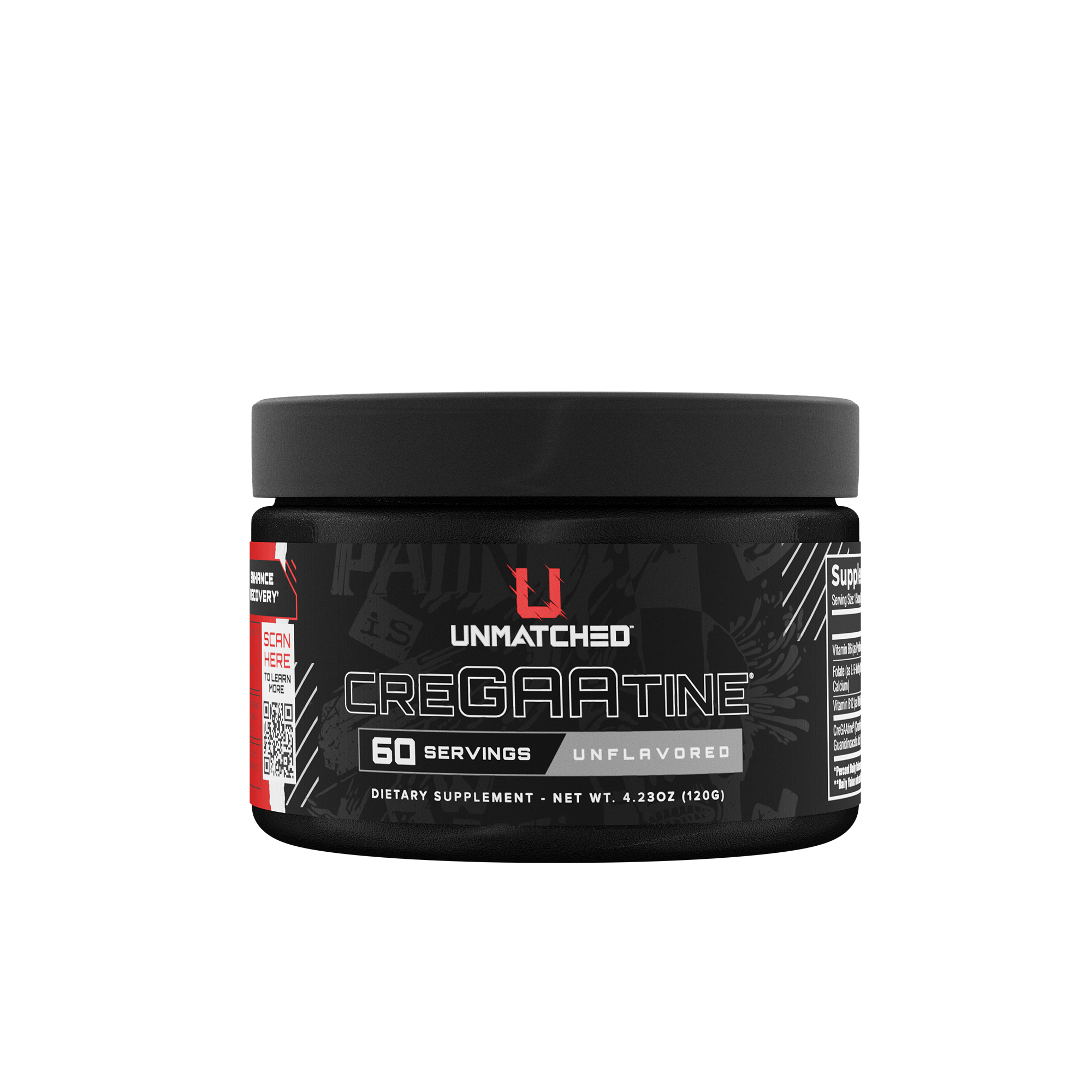- Hunter's Health Hacks
- Posts
- Creatine Deep Dive
Creatine Deep Dive
New video is out on Spotify!
Happy Tuesday!
I initially stumbled into the peptide world because, as a younger person, I was always a supplement nerd at heart.
I started creatine as a 12-year-old football kid wandering the aisles of GNC with my parents, and two decades later, it is still in my daily stack.
There are thousands of videos on creatine, but many of you asked for my take because you like how I structure and teach the science.
Today, I just released a deep dive video on creatine examining the risks, benefits, dosing, and various forms.
In today’s email, I will cover the high level points from the video.
Creatine
Creatine is a naturally occurring organic compound that your body makes from arginine, glycine, and methionine, and you also get about one to two grams daily from red meat and seafood.
Roughly 95% is stored in skeletal muscle. The rest is in the brain and other tissues.
Inside the cell, creatine is phosphorylated to phosphocreatine, a high-energy reserve that donates a phosphate to ADP to rapidly regenerate ATP.
Think of it as an on-demand energy battery for short, intense efforts, as well as an energy shuttle that ferries high-energy phosphates from the mitochondria to the contractile machinery.
Creatine also pulls water into muscle cells to support anabolism, supports satellite cell activity, and modulates inflammation and oxidative stress.
In the brain, higher phosphocreatine helps buffer neuronal energy, which is why creatine shows up in research on cognition, mood, and recovery from brain injury.
Bottom line, creatine is fundamental to cell energetics, and more than just a “gym supplement.”
Benefits
On the performance side, expect consistent improvements in maximal strength, peak power, and total training volume.
That means more weight on the bar, more reps before fatigue, and better repeat sprint capacity.
Recovery improves as well, with less exercise-induced muscle damage and faster strength restoration between hard sessions.
In real life, that translates to stringing together more high-quality workouts and making progress faster.
For athletes and hard-training adults, there is an injury-prevention angle I care about.
Well-hydrated muscle tissue cramps less and tolerates heat better, and programs that prioritize hydration see fewer soft-tissue issues.
Creatine complements that by improving intracellular hydration and work capacity.
In older adults, creatine supplementation paired with resistance training improves strength, increases fat-free mass, and enhances functional metrics such as gait speed.
For cognition, you see meaningful effects in sleep-deprived individuals and in those with low baseline intake, such as vegetarians and vegans, with better memory and mental processing speed.
I view creatine as a foundational compound for healthy aging because it supports muscles AND brains.
Stats
Let’s take a look at some quick stats on creatine.
Muscle Saturation: Creatine increases intramuscular phosphocreatine stores by 15–40%, achieved either by loading (20 g/day for 5–7 days) or steady dosing (3–5 g/day for 3–4 weeks).
Performance Gains: Produces ~5–15% improvements in short-duration, high-intensity exercise (strength, sprint, and power).
Muscle & Recovery: Repeated trials show greater lean mass, strength, and power when combined with resistance training, plus faster recovery and lower inflammation markers.
Injury Prevention: In Division I football data, creatine users had equal or fewer cramps, dehydration, and soft-tissue injuries than non-users.
Brain Benefits: MRI spectroscopy demonstrates 5–10% increases in brain creatine, linked to better memory and reaction time, especially in vegetarians or during sleep deprivation.
Therapeutic Outcomes: Pediatric TBI studies show faster recovery, fewer headaches, dizziness, and fatigue in creatine-supplemented groups.
CreGAAtine Advantage: 4-week RCT found +16.9% muscle creatine vs +2% with monohydrate, ~5.8% brain increase vs 1.5%, slightly higher strength gain (6% vs 5%), and ~50% less water weight.
Safety: Across 1,000+ peer-reviewed studies, creatine remains one of the safest, most evidence-based supplements, with no adverse kidney or liver effects in healthy adults.
Why I Love CreGAAtine
Creatine monohydrate remains the gold standard, and I have used it for years.
That said, I am excited about CreGAAtine, a formulation that pairs creatine monohydrate with GAA, guanidinoacetic acid, the direct precursor your body methylates into creatine.
In a four-week randomized comparison, the creatine plus GAA combo increased muscle creatine by ~16.9% versus about 2.0% with the same dose of monohydrate alone, and brain creatine by ~5.8% versus 1.5%.
Strength gains were slightly better, about 6% versus 5% in that short window, which I suspect would widen over longer training blocks as higher tissue saturation expresses itself.
Notably, the combination group gained ~0.7 kg versus ~1.6 kg in the monohydrate group during loading, suggesting less early water retention while still achieving higher tissue levels.
In my own training, ~3 g of CreGAAtine “feels” comparable to ~10 g of monohydrate from a performance and recovery standpoint, with calmer digestion and less bloat.
Maximum Impact
When it comes to creatine, I tell people to keep it simple.
Combine creatine with sensible resistance training and sufficient protein intake.
Track simple indicators like strength, reps to failure, and perceived recovery to observe the gradual positive effects.
Ignore the myths.
Controlled studies haven't found any evidence of hair loss.
Cramping is reduced when hydration is managed, and the kidneys and liver remain fine in healthy users at normal doses.
After twenty years using it, my take is unchanged.
Creatine is the rare supplement that is cheap, safe, and meaningfully effective for both performance today and resilience tomorrow.
In a world captivated by exotic molecules, this simple backbone of cellular energy continues to serve us without fail!
Best,
Hunter Williams

